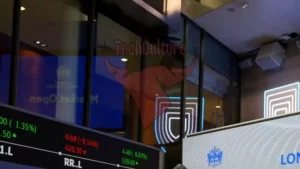The Reserve Bank of South Africa had no choice but to raise interest rates steeply to curb inflation. The decision was a difficult one, as it will have an impact on the poor who are already struggling with rising prices and stagnant wages. However, it is necessary for the long-term economic health of the country and its citizens.
Inflation has been steadily increasing over recent months due to factors, such as higher fuel costs, increases in food prices, and a weaker rand against major currencies like the US dollar. This means that consumers are paying more for goods than they were previously, which can lead to financial hardship if their incomes remain unchanged or decrease further.
Raising interest rates is one way of curbing inflation by making borrowing more expensive so people spend less money on consumer goods or services that drive up prices even further. It also encourages saving rather than spending which helps stabilize currency values over time while providing banks with additional capital reserves should there be any unexpected shocks from external sources such as global markets or natural disasters etcetera.
Ultimately though, this policy does come at a cost – namely, those individuals who rely heavily on credit cards or loans for day-to-day living expenses may find themselves under greater pressure when trying to repay these debts due to increased monthly payments resulting from higher interest charges. Nevertheless, without this measure being implemented we would likely see much worse consequences down the line including rampant hyperinflation, devaluation of our currency, and ultimately poverty amongst large sections of society.
Read more at BusinessLIVE



